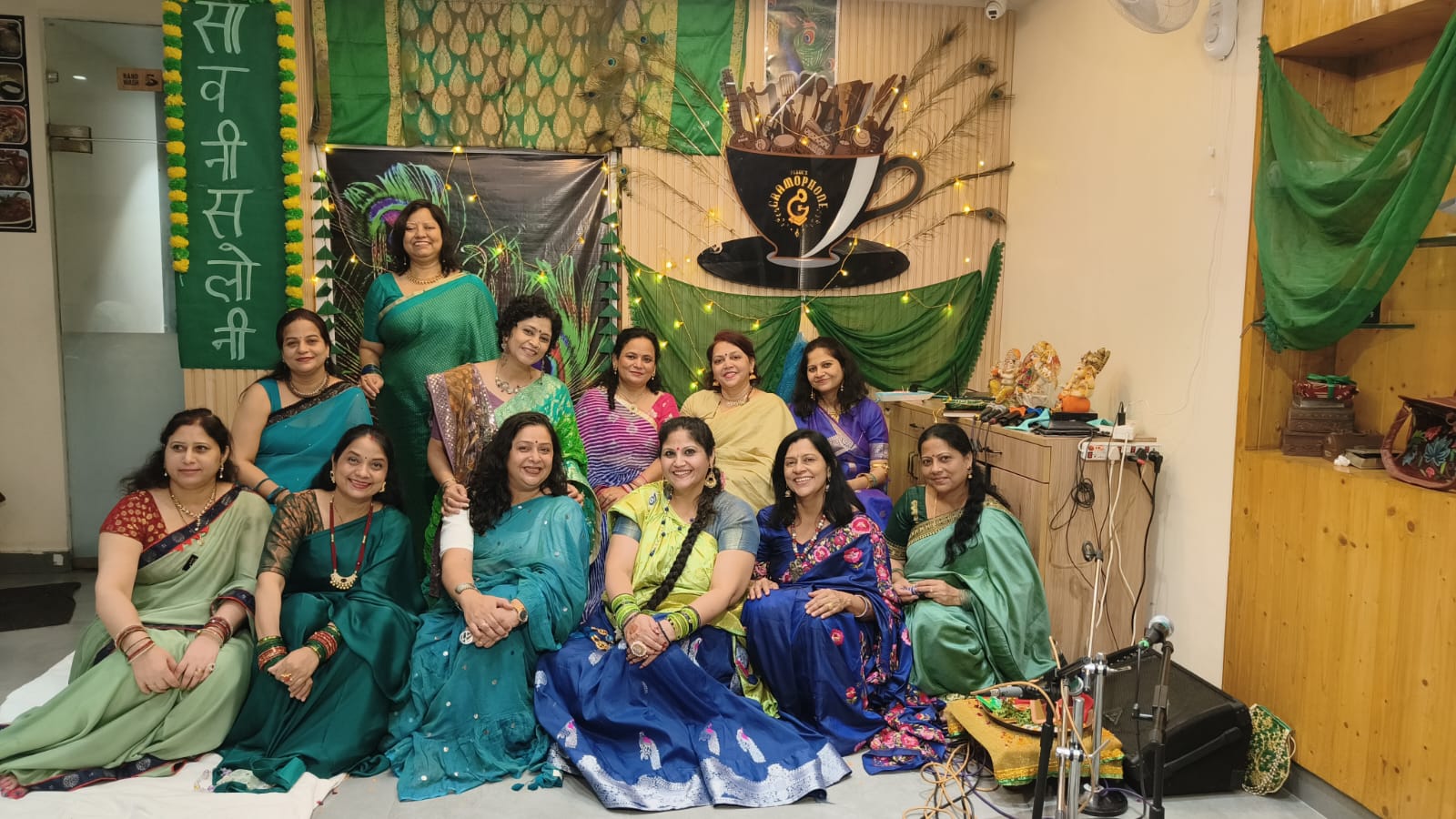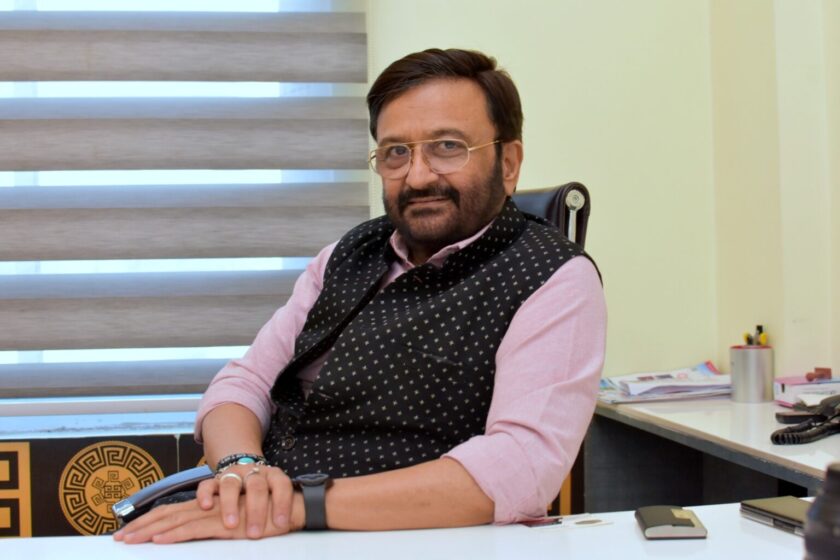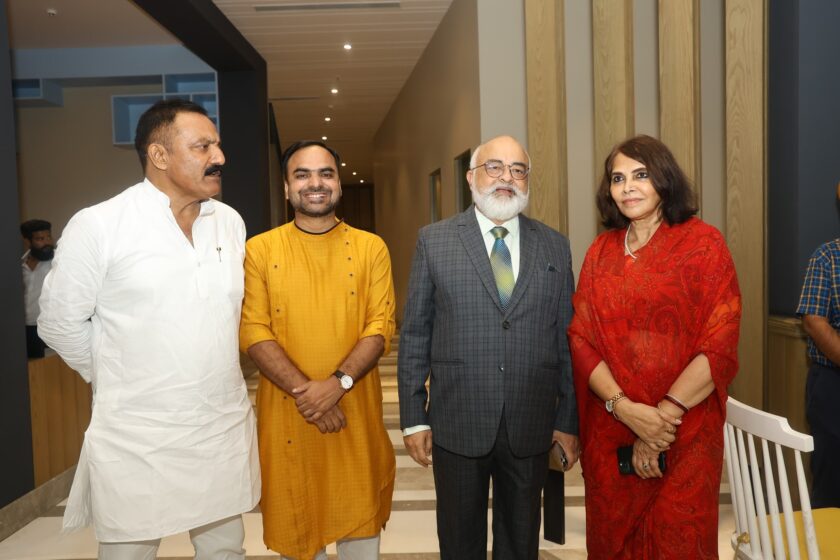Lucknow | In a heartfelt tribute to tradition, this year’s Sawan festivities at Parul’s Gramophone, located in Gomti Nagar, were celebrated with an unmatched sense of authenticity and cultural pride. The evening was dedicated entirely to live performances of age-old monsoon melodies—without a single recorded song or playback. From Kajri and Choumasa to the rare Bundeli Sawani and Rachhra, the air resonated with the soulful echoes of India’s folk legacy.
Before the main event, a special workshop on Kajri was held, focusing on the relevance of staying connected to cultural roots in today’s fast-paced digital age. Songs like “Are Rama Rimjhim Barse Paniya,” “Barsan Lagi Badariya,” “Pyaari Lage Jhoola Ki Banki Bahaar,” “Garjat Sawan Aayo,” and “Nayi Jhoolni Ki Chhaya Balam” were not only performed but also taught during the session. A spirited Kajri dangal (musical contest) was also organised during the three-hour-long musical gathering.
In keeping with the spirit of tradition, the event featured only live instruments. Anju Srivastava played the harmonium, Sujeet was on tabla, and Shatrughan Yadav brought rhythm to life on the dholak. The evening saw the participation of many notable women from the city, including Deepshikha Chandra of the Benaras Gharana, as well as Nivedita, Nandana, Swati, Amita, Kamla, Shrinkhala, Abha, Pallavi, Ruma, Neelam, Nishi, and Parul. The event was gracefully anchored by Ritu Verma, who hails from Almora and added a special touch by performing a traditional Uttarakhandi Sawan song.

Awards were given in unique, thoughtful categories: for wearing a sari or lehenga with a mismatched blouse or dupatta, for those who came from the farthest distance, for wearing gifted attire, or for answering difficult Kajri-related trivia—like identifying the Padma Shri awardee associated with Kajri or the languages in which Kajri is sung. The coveted “Sawani Saloni” title was jointly awarded to Shail Agrawal and Deepshikha Chandra.

Host Parul Sharma emphasized that no competition was ever held—nor would be—based on beauty, appearance, or attire. “It has always been and will remain purely about art and community,” she said.
Adding to the vintage charm, guests adorned their hands with mehndi ground on a traditional sil-batta, their feet decorated with aalta, and wore all things rooted in culture. The culinary fare was equally nostalgic—fara, kachori, sabzi, raita, and gulgule were served on eco-friendly pattals, while guests were seen off with laddoos and suhaag tokens.
In its execution, warmth, and celebration of folk traditions, this gathering was not just a rare experience for Lucknow, but a kind of event that even larger metropolitan cities would find hard to emulate.





